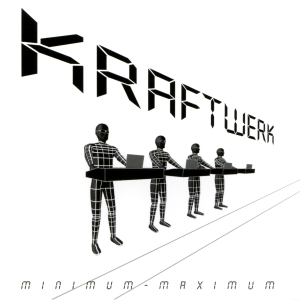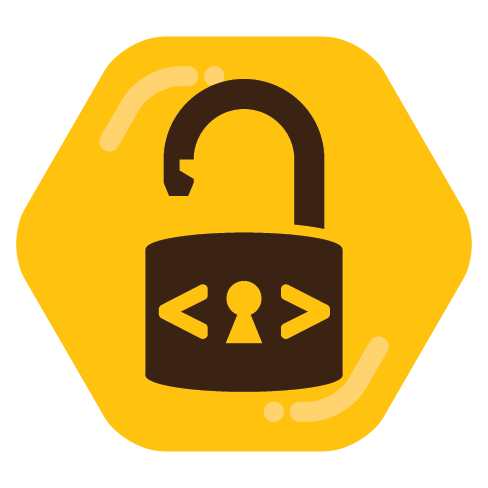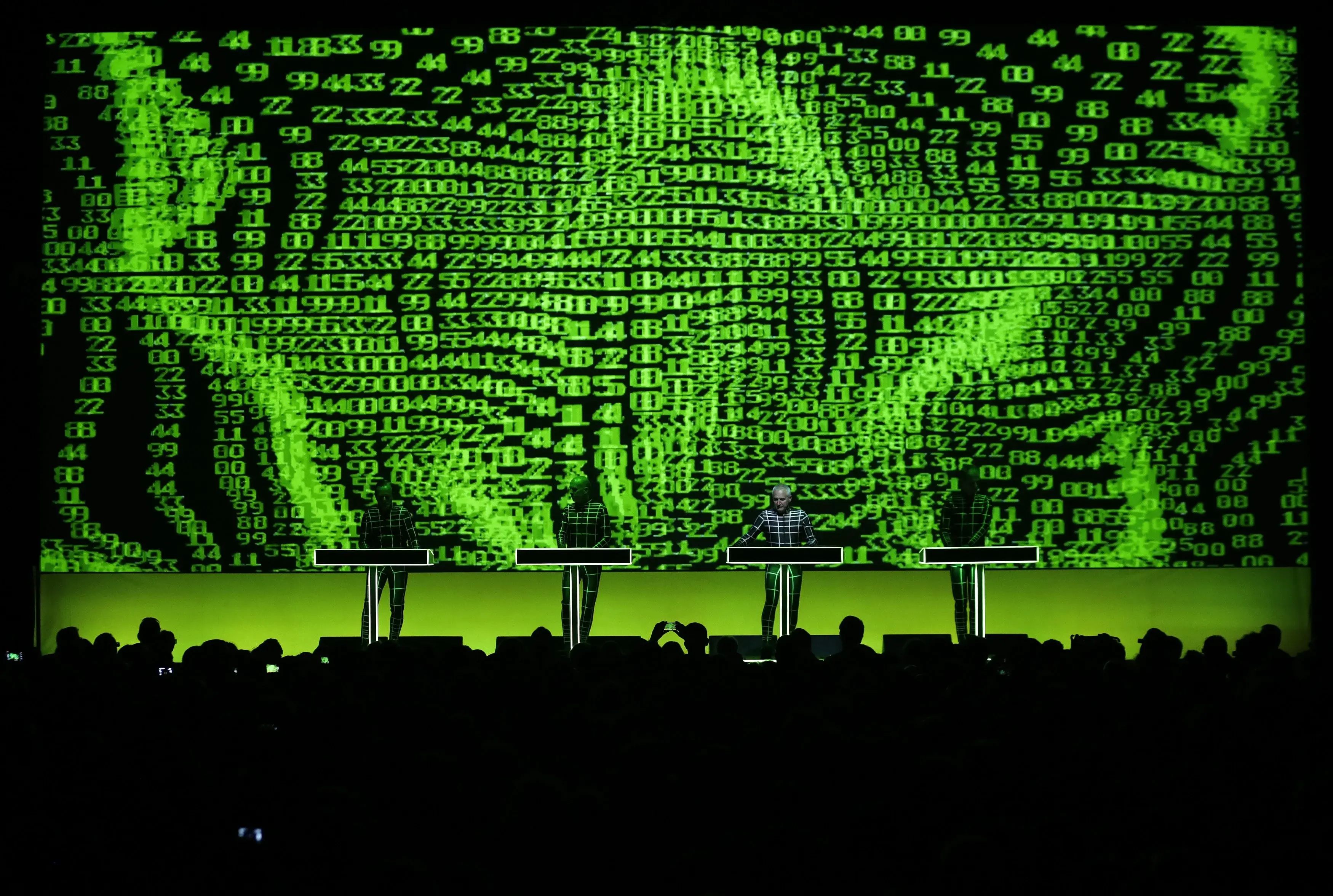f00f/eris
Here to follow content related to Star Trek, Linux, open-source software, and anything else I like that happens to have a substantial Lemmy community for it.
Main fediverse account: @f00fc7c8@woem.space
- 2 Posts
- 18 Comments
Going by their Mastodon account, seems they were erroneously detected as “from a US-sanctioned region” and it took too long for said error to be resolved, so they just made the switch.

 0·10 months ago
0·10 months agoI’d say they all offer different types of customization. It’s less a matter of how much you can do, and more a matter of what you want to do and how much time you’re willing to spend working on it. KDE is for people who want to customize their desktop, and want it to be easy to do so. GNOME is for people who just want something that works, but it still offers a lot of customization, it’s just not as well-supported (their philosophy is “if theming breaks an app, it’s not our fault”).
KDE doesn’t support full CSS customization on its own, but there are theming engines like Kvantum and QtCurve that address the limitations that arise from this. I’d say it’s on almost equal footing with GNOME in that regard, since both GTK4+libadwaita and Qt6+KF6 are designed for color scheme customization, but require various workarounds and obscure settings for anything more than that. If anything the workarounds are easier in KDE.
Similarly, KDE supports layout customization through widgets and graphical menus. GNOME also supports layout customization, but through extensions instead.
And then you can do all of the above and more if you use a window manager, or an LXDE/LXQt-style desktop that lets you disable or replace all its components in settings - just mix and match components like panels, file managers, display managers, polkit agents, etc. You can basically build your own DE that way, and it doesn’t get much more customizable than that. But maybe you don’t want to spend your time choosing every component of your custom DE. That’s what something like KDE is for.

 18·1 year ago
18·1 year ago“I can’t stop the heterocyclic declination!” (TNG: “Samaritan Snare”)

 2·1 year ago
2·1 year agoYeah, only thing I can think of is the few banking apps that don’t have web versions.
I was lucky enough to have all my banking and 2FA apps work perfectly on GrapheneOS. The only app that gave me a significant amount of trouble was iClicker, which my school uses for attendance. That was fixed by enabling Google Play location services, and there was a (fairly expensive) alternative anyway.
I did have to buy a new phone to use Graphene, because I got my previous one as part of a carrier’s cell plan, and it had a locked BIOS. Though I think the purchase was worth it, and just moving my SIM card from one device to another was enough to get it working.

 5·2 years ago
5·2 years agoYou can start anywhere you want! I often recommend starting with Star Trek: The Next Generation, since it’s aged a little better than the original series. You might prefer to jump ahead to season 2 or 3 to get to the really good stuff, but even season 1 is worth watching.
Up until Enterprise season 3 it’s pretty much all episodic (or in DS9’s case, mostly episodic with a subset of the episodes forming a series-long story arc), so you can pick a random episode or movie with a cool-sounding description and start there if you want. That’s how I got into Trek, just picking random TNG and Voyager episodes.

 153·2 years ago
153·2 years agoI’d say it started at a 6 or 7, and grew to a strong 8 over its runtime. Most of the characters have always been beautifully nuanced, but the stakes of its plots have always been unnecessarily inflated, and the endings for each story arc are of very mixed quality. After the jump to the 31st century, the storylines became much more Star Trek-ian, and the show started to display more of its own identity separate from classic Trek and action movie tropes, and that pushed it into properly great territory.

 2·2 years ago
2·2 years agooh it is still being updated! great.

 4·2 years ago
4·2 years agoI’m aware of FreeTube and PlasmaTube, which IIRC both require an Invidious instance. There was something called SMTube in the past, not sure if it still exists.
Nothing I’m aware of has both desktop and mobile version, but if anything there are more options for mobile YouTube clients; try NewPipe or Clipious.
Edit: SMTube does still exist. It does not require Invidious, but it does use tonvid.com.

 822·2 years ago
822·2 years agoEven worse: the .deb file’s dependences are only available in a specific version of Ubuntu LTS or with PPAs.

 18·2 years ago
18·2 years agoRevolt is the most Discord-like FOSS chat app; it’s very easy to use and customizable. Rocket.chat and Mattermost do similar things and are more oriented toward organizations (the Slack/Teams Classic use case).

 7·2 years ago
7·2 years agoWhat makes this extra confusing to me, is that this doesn’t seem to happen to the same extent for Invidious instances. I’ve only needed to swap between two instances on Clipious, whereas on LibreTube I was hopping across their entire instance list and sometimes not finding even one working instance.
I suspect a lot of “evil admirals” were promoted by votes from, or just to appease, reactionary political movements.

 4·2 years ago
4·2 years agoStartendo DS (Dual Screen) Nine

 4·2 years ago
4·2 years agoSure!

 7·2 years ago
7·2 years agoMemes go in !risa, fan theories go in !DaystromInstitute, and Star Trek related off-topic discussion go in !Quarks, otherwise, I don’t see why not.
VOY: “Tinker Tenor Doctor Spy” comes to mind.

 6·2 years ago
6·2 years agoF-Droid is the more valuable app store anyway. I always check there before Google Play.


Just as long as it isn’t a .rar.